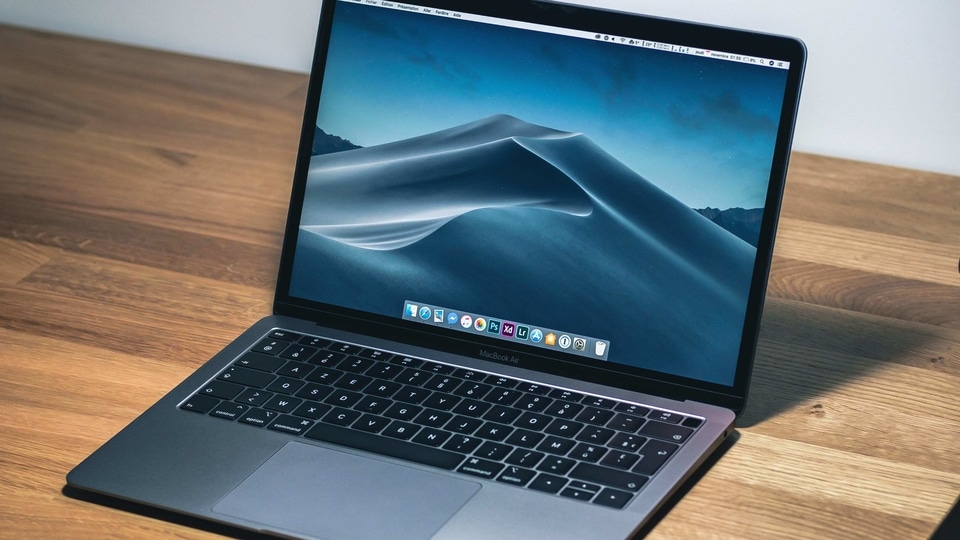

Here are 2 workable solutions for you to download, install or update drivers for Windows 10 64 bit or 32 bit on MacBook Pro (Retina), MacBook Air, MacBook, iMac, Mac mini, Mac Pro and more. It’s important to download the latest Mac drivers after Windows 10 update or install to fix the driver issues on your computer. How to Free Download, Update or Install Mac Drivers for Windows 10 64 & 32 bit – 2 Solutions Read More: Free download and install Windows 10 drivers on your PCs. If errors and problems occur after upgrading to Windows 10, however, you need to check the driver issues and fix the Windows 10 Mac drivers immediately via downloading and updating to the latest Mac drivers. If your Mac is working fine on Windows 10, you don’t need to update Mac drivers. When it comes to drivers, we have always adhered to the “if it ain’t broke, it doesn’t need fixing” philosophy.

are outdated, missing, corrupted, damaged, or incompatible after Windows 10 update or install, your Mac computer (including MacBook pro, iMac, MacBook Air, Mac Pro, Mac mini) and other devices connected to the Mac will not work properly and definitely will have issues on Windows 10. However, if the Mac drivers, such as the Cannon printer drivers for Mac, Epson Drivers for Mac, Nvidia drivers for Mac, Sound drivers for Mac, HP drivers for Mac, game drivers for Mac, Brother drivers for Mac, etc. I conclude this behavior due to the fact the disk is partitioned in Uefi mode.Drivers are missing for Windows 10 on your MacBook Pro? Can’t use Wi-Fi (wireless) services after installing Windows 10? Unable to download drivers from Apple Boot Camp 6? Windows 10 drivers on Mac are the essential software to make your Mac computer run properly on the Windows 10 operating system. If I try to install Windows 10, Boot Camp says the OS is not supported. I wasn't able to use Boot Camp and had to prepare everything by hand, since I don't get the option to install Windows 10 from Boot Camp, only 8 and 7. I tried feeding it Intel xHCI drivers with usb keys, it sees the keys but says it doesn't find any driver. This doesn't happen when installing in Uefi mode. I chose "Windows" for the setup DVD instead of "Uefi Boot" at boot.īut just before the point where Windows usually asks which disk to install on, it actually asks for a missing driver. So I tried to install Windows 10 in Legacy/Bios mode. At least that's what I understood after googling myself to death. I found out audio doesn't work because Uefi Windows 10 installation somehow keeps a Cirrus audio-related device from working. I get the exclamation point on Device Manager and a message saying the device couldn't be started properly.

I have successfully installed it alongside MacOS High Sierra actually, and everything works fine except for audio. It's not officially supported, but I read everywhere it can be done. I've been trying to install Windows 10 on an early 2011 Macbook Pro.


 0 kommentar(er)
0 kommentar(er)
